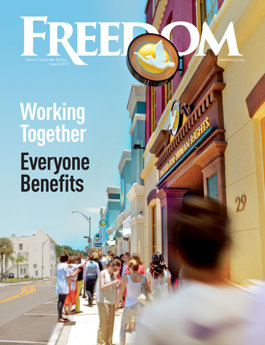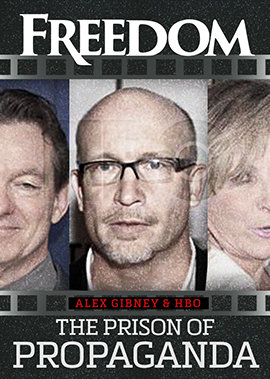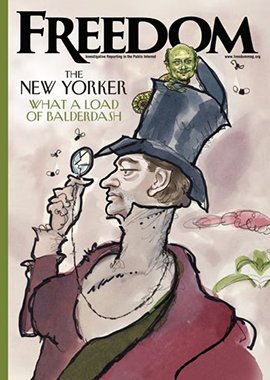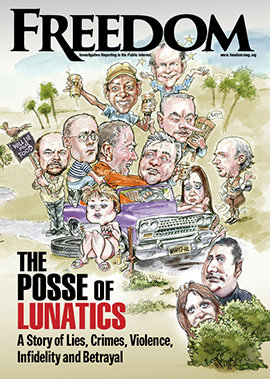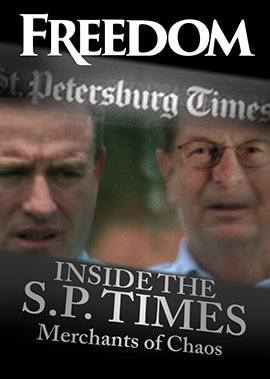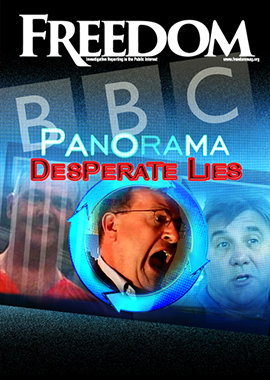They are losing. In fact, they almost seem determined to lose. Since declaring a public health emergency—supposedly to wage war on the crisis—over 16,000 people have died in the Canadian province from drugs, mostly fentanyl and carfentanil. Statistics are bloodless—but behind every number is a brother, sister, parent or friend lost forever to this brutal epidemic. And just like in the US, it’s getting worse. Fentanyl is now mixed with deadly animal tranquilizers like medetomidine and xylazine, supercharging the risk of overdose from juiced-up street drugs that junkies unsuspectingly buy. But Canadian authorities recently found a reason to celebrate: “only” 1,925 overdose deaths in British Columbia from January to October 2024—a 9 percent drop from the first 10 months of 2023. Only 1,925 dead. How thrilling. Question for the authorities: How many deaths are too many? Aren’t you furious yet—at the greedy, homicidal drug traffickers slaughtering your citizens? Aren’t you mad enough to fight back? Across the rest of Canada, the numbers are just as grim. Since the “war” began, 36,000 men and 14,000 women have lost their lives from opioid overdoses. Between 2016 and 2024:
Statistics are bloodless—but behind every number is a brother, sister, parent or friend lost forever to this brutal epidemic. The toll is especially devastating among Canada’s First Nations communities. In British Columbia alone, 427 First Nations people died last year, representing seven times the death rate of the remainder of the population. First Nations people make up just 3.4 percent of British Columbia’s population but accounted for 19 percent of its toxic drug deaths. We may be contending with a lost generation, but with the right weapons we have a fighting chance to save the next. Artist Ron Kerr planted 50,000 small flags—blue for men, purple for women—representing those who’ve died in this epidemic since 2016. Shouldn’t the flags be white—the color of surrender—instead? There’s a reason Canada is losing this war: They fight like they’ve already surrendered. As overdose deaths skyrocket, officials enable addiction, rather than work to end it. It’s why the nation has built 30 Supervised Consumption Sites (SCS), where users can snort, swallow or inject illegal drugs without fear of arrest. It’s why they’ve decriminalized possession of up to 2.5 grams of heroin, fentanyl, cocaine or methamphetamine in British Columbia—no arrests, no charges, just free rein to abuse. It’s why they operate drug-checking stations, helping addicts confirm their poison is “only” fentanyl, not something worse. It’s why they distribute naloxone, reviving users so they can overdose all over again. “Ending this crisis requires an equally complex and compassionate response, one that prioritizes care over judgment,” British Columbia Health Minister Josie Osborne said. Heaven forbid we be “judgmental.” The dealers might get upset. But there is, actually, another way. The Foundation for a Drug-Free World, sponsored by the Church of Scientology, has distributed over 160 million Truth About Drugs booklets, hosted thousands of drug education events in some 180 countries and aired public service announcements on more than 500 television stations. Narconon, the worldwide drug rehabilitation network based on the discoveries of L. Ron Hubbard, has partnered with 160 government agencies and organizations, and has helped save nearly 40,000 addicts from a lifetime of suffering or an early grave. These programs work. We may be contending with a lost generation, but with the right weapons we have a fighting chance to save the next. It’s time to get angry at the death merchants killing our citizens. It’s time to fight back. | |
First Nations Bear Brunt of British Columbia’s Deadly Opioid Epidemic
As officials enable addiction, overdose deaths in British Columbia remain staggering. First Nations communities bear the brunt of the crisis—at seven times the provincial rate.
















